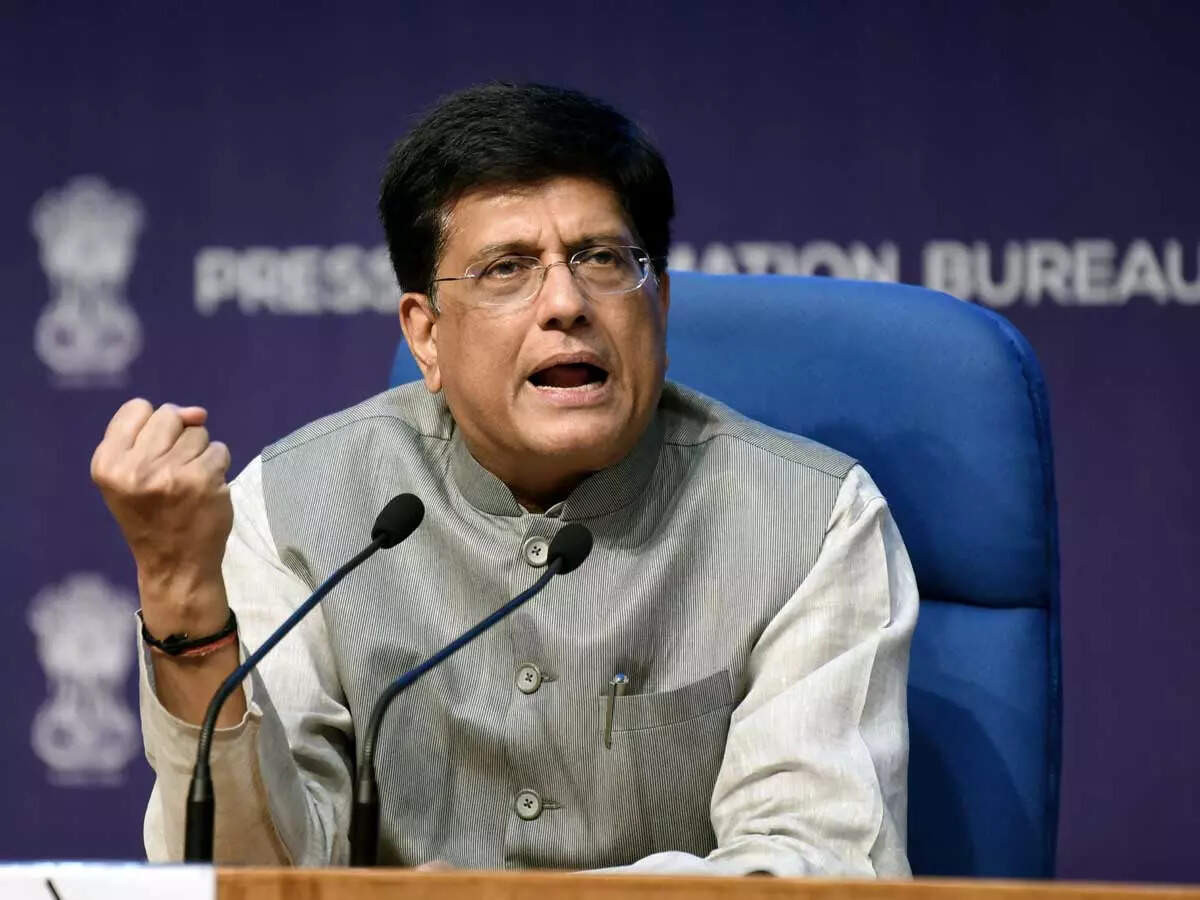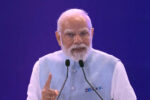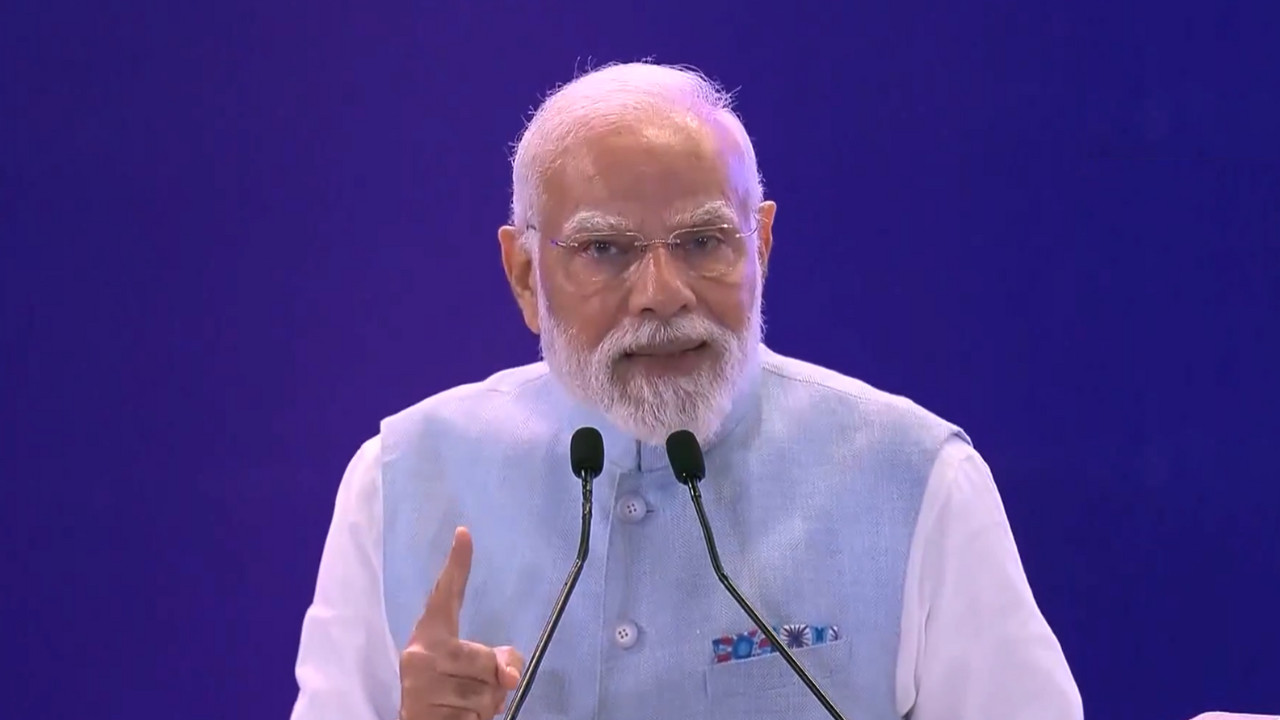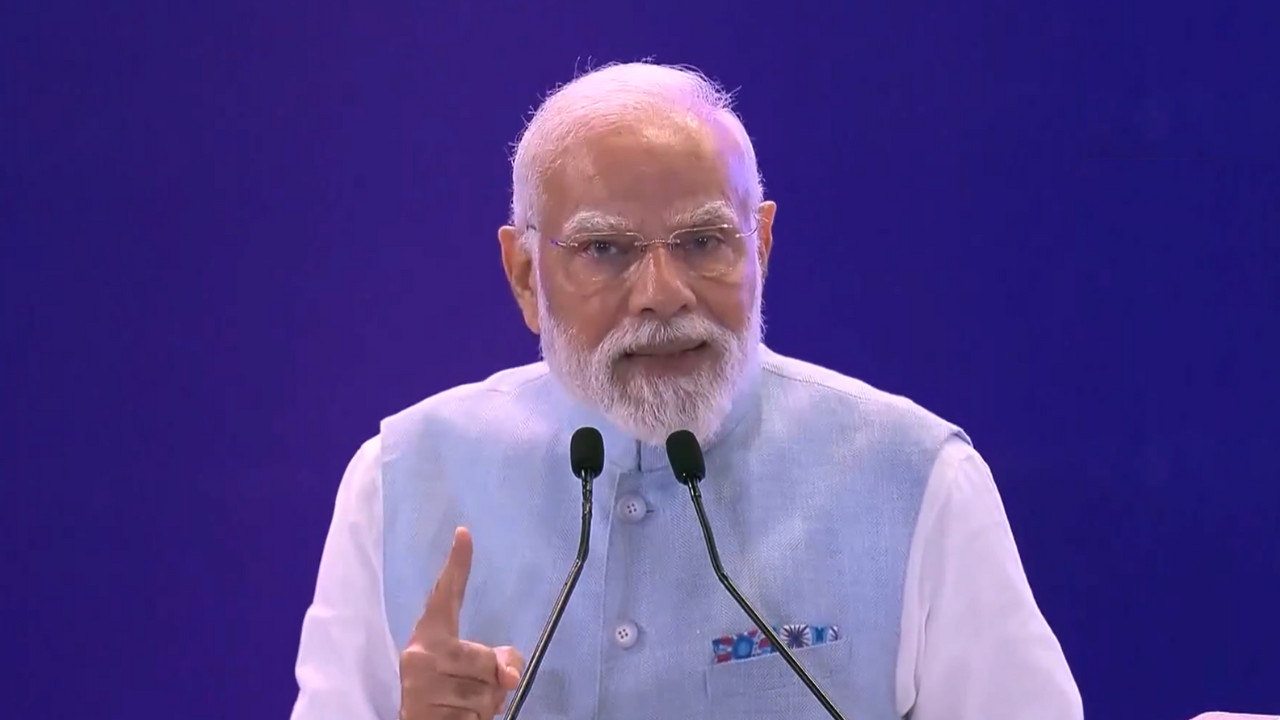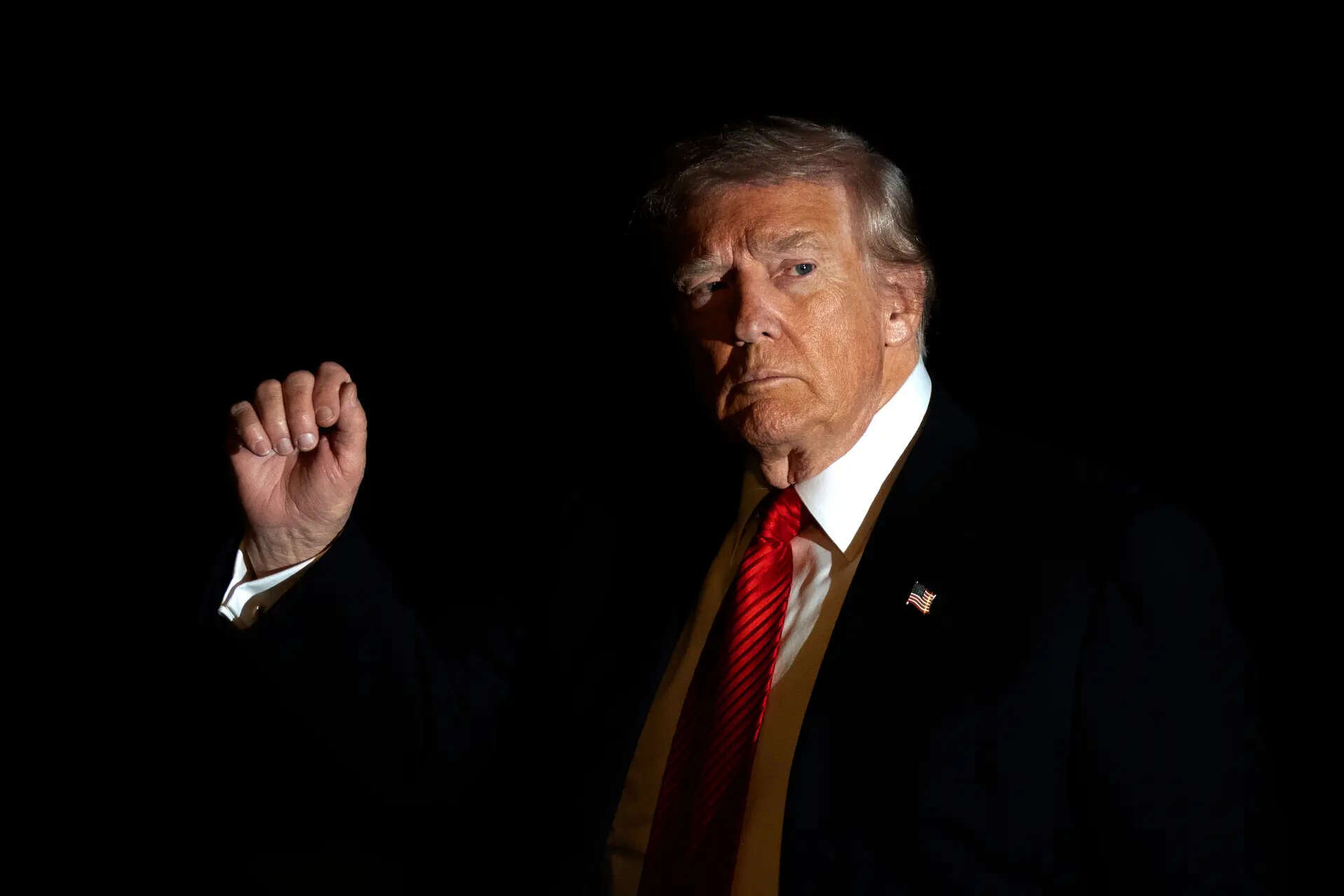India is actively engaged in free trade agreement (FTA) negotiations with key partners like the EU, US, Chile, and Peru, according to Commerce Minister Piyush Goyal. He emphasized the world’s interest in India as developed economies seek trade discussions.
Navigating the World Stage: India’s Ambitious Free Trade Agreement Push
India’s Minister of Commerce and Industry, Piyush Goyal, paints a vivid picture of his days: a whirlwind of negotiations, bouncing between continents in the pursuit of beneficial trade deals. Right now, India is actively engaged in free trade agreement (FTA) talks with a diverse group of global partners, from the United States and Chile to the European Union and others. The ambition? To unlock new economic opportunities and cement India’s position as a major player in the global marketplace.
Instead of idle speculation, this is about rolled-up sleeves. Goyal’s recent statements underscore the seriousness and intensity of these ongoing discussions. He’s emphasized the commitment to working diligently, “from morning till night,” to secure agreements that will benefit the Indian economy. This hands-on approach signals a proactive stance, suggesting India is not simply waiting for opportunities to arise, but actively shaping its own trade destiny.
Why the Focus on Free Trade Agreements?
The global trade landscape is constantly evolving, and FTAs have become a crucial tool for nations seeking to boost exports, attract foreign investment, and foster economic growth. These agreements typically involve the reduction or elimination of tariffs and other trade barriers, making it easier for businesses to trade goods and services across borders. For India, securing advantageous FTAs is a key element of its strategy to become a $5 trillion economy.
What’s in it for India? Think expanded access to new markets for Indian products, creating jobs, and ultimately, raising the standard of living for its citizens. FTAs also offer opportunities for technology transfer, knowledge sharing, and enhanced cooperation in various sectors.

The Key Players: A Deep Dive into India’s FTA Partners
The fact that India is simultaneously negotiating with such a varied group of nations is noteworthy. Each potential agreement presents unique opportunities and challenges.
* The United States: A deal with the US, a massive consumer market, would be a significant win for India. Discussions likely revolve around reducing trade barriers on goods like textiles, agricultural products, and engineering goods, while also addressing issues related to intellectual property rights and digital trade.
* Chile: While smaller than the US market, Chile offers access to the broader Latin American region. A strengthened trade relationship could boost India’s exports of pharmaceuticals, chemicals, and manufactured goods.
* The European Union: Negotiations with the EU, a major economic bloc, are particularly complex. Areas of focus include tariffs on automobiles, agricultural products, and rules of origin. Successfully navigating these hurdles could unlock a vast market for Indian businesses.
* Beyond the Headlines: While these three grab the spotlight, India is likely engaged in parallel discussions with other nations and regional blocs. A diverse portfolio of FTAs strengthens India’s economic resilience and reduces its dependence on any single trading partner.
The Road Ahead: Challenges and Opportunities in Securing Free Trade
Negotiating FTAs is rarely a smooth process. Each country has its own priorities and concerns, and compromises are often necessary. India must carefully balance its own interests with those of its negotiating partners, ensuring that the final agreements are mutually beneficial.
One challenge is navigating complex issues such as data localization, environmental regulations, and labor standards. These issues can be particularly sensitive, and finding common ground requires careful diplomacy and a willingness to compromise.
Despite these challenges, the potential rewards of securing advantageous FTAs are substantial. By creating new trade opportunities and fostering economic growth, these agreements can help India achieve its ambitious economic goals. This push for broader trade agreements complements India’s initiatives like the Make in India program, designed to bolster domestic manufacturing. You might also be interested in learning about India’s infrastructure development, another vital component of its economic growth strategy.
India’s proactive pursuit of free trade agreements signals a clear intent: to integrate further into the global economy and secure its future as a leading economic power. The next few years will be critical as these negotiations progress, and the outcomes will undoubtedly shape India’s economic trajectory for decades to come. The ambition is clear, the commitment seems strong, and the world is watching.
